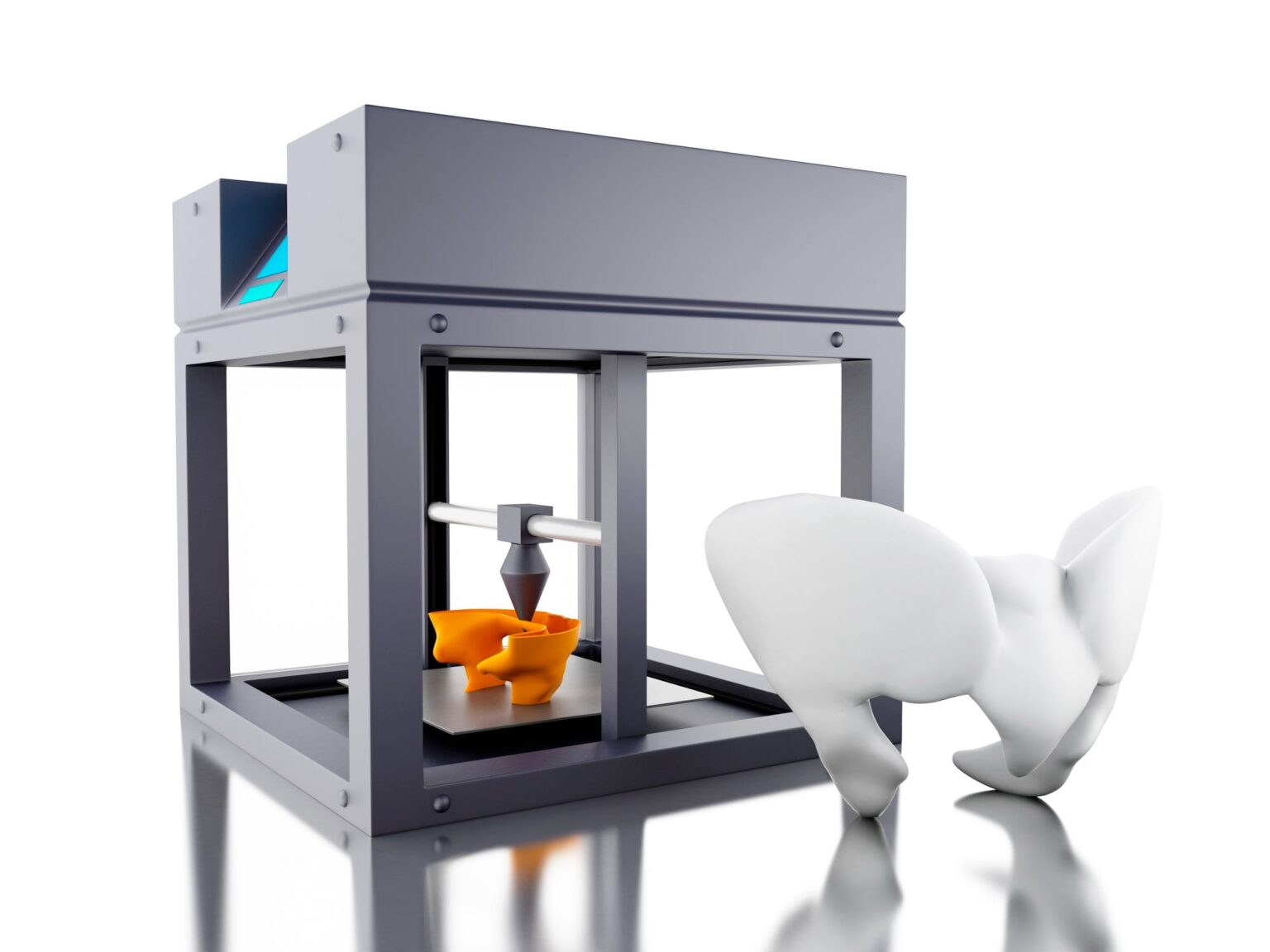3D printing, also known as additive manufacturing, has made significant advancements in the field of medicine, enabling the production of customized implants and tissue engineering. This technology offers new possibilities for personalized treatments, improved patient outcomes, and advancements in regenerative medicine. Here are some key aspects of 3D printing in medicine:
- Customized Implants: 3D printing allows the production of patient-specific implants that precisely match the anatomical requirements of an individual. Using medical imaging data, such as CT or MRI scans, 3D models of the patient’s affected area can be generated and used to design and manufacture implants tailored to the patient’s unique anatomy. This customization improves the fit, functionality, and long-term success of implants, such as orthopedic implants, cranial implants, and dental implants.
- Patient-Specific Surgical Guides: In addition to implants, 3D printing enables the creation of patient-specific surgical guides. These guides are used by surgeons to accurately plan and perform surgical procedures. By analyzing patient-specific anatomy and surgical plans, guides can be 3D printed to assist surgeons in precise and optimal placement of instruments, reducing surgical errors, improving surgical outcomes, and minimizing operation time.
- Tissue Engineering and Bioprinting: 3D printing plays a crucial role in tissue engineering and bioprinting, where living cells, biomaterials, and growth factors are combined to create functional tissues and organs. Bioprinting involves layer-by-layer deposition of bioinks composed of living cells and biomaterials to recreate complex tissue structures. This technology holds promise for creating patient-specific tissues and organs, such as skin, cartilage, bone, and potentially even organs like kidneys or hearts in the future. It has the potential to address organ shortages, provide personalized transplantation solutions, and advance the field of regenerative medicine.
- Prototyping and Surgical Planning: 3D printing enables the creation of physical models and prototypes of anatomical structures. Surgeons can use these models for preoperative planning, improving their understanding of complex cases, and enhancing communication with patients. Physical models also serve as valuable educational tools for training and demonstrating surgical techniques.
- Medical Devices and Instrumentation: 3D printing allows for the rapid prototyping and production of medical devices and instrumentation. It offers flexibility in designing complex geometries, customization for patient-specific needs, and faster production times. Examples include surgical instruments, prosthetics, hearing aids, and assistive devices. 3D-printed devices can be tailored to the individual’s requirements, leading to improved functionality and comfort.
- Rapid and On-Demand Manufacturing: 3D printing enables rapid manufacturing and on-demand production of medical devices, implants, and prototypes. This can reduce lead times, enable faster response to patient needs, and improve supply chain management in healthcare settings. It also allows for cost-effective production in smaller quantities, making it suitable for niche or low-volume applications.
- Research and Development: 3D printing facilitates research and development in the medical field. It enables the exploration of new materials, structures, and fabrication techniques for medical applications. Researchers can use 3D printing to create models for anatomical studies, test prototypes for medical devices, and develop new biomaterials for tissue engineering.
- Reduced Surgical Time and Costs: The customization and precision offered by 3D printing can help reduce surgical time and costs. Improved preoperative planning, accurate implant sizing, and optimal placement of surgical instruments



